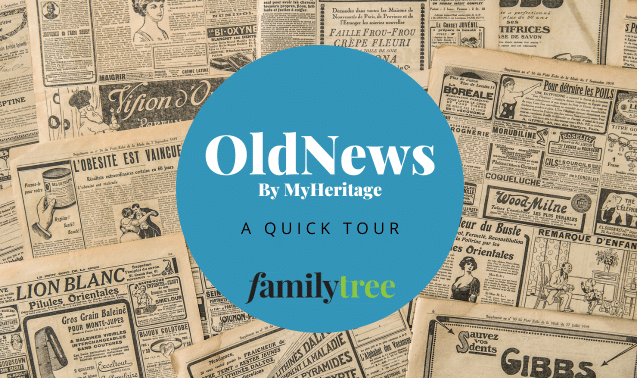Sign up for the Family Tree Newsletter! Plus, you’ll receive our 10 Essential Genealogy Research Forms PDF as a special thank you.
Get Your Free Genealogy Forms
"*" indicates required fields
You might be used to the multi-faceted searches and fancy algorithms of websites such as Ancestry, MyHeritage and FamilySearch. But sometimes the best brick wall-busting treasures are on free, volunteer-run or library websites that don’t enjoy the same investment as those bigger genealogy databases. With a little time and these nine tricks, though, you can unearth hard-to-find, free genealogy gems.
1. Go exploring
Websites of nonprofit and volunteer-run organizations are often added to over time by a changing crew of people who may not be website-building experts. This means you might find pertinent information in unexpected places on the site. Watch for sections with labels like Genealogy, Local History, Databases and Indexes, but peruse other pages as well.
2. Search for name variants
Many smaller websites don’t automatically search for similar name spellings, so you need to do this manually. Be methodical about it: Make a list of all the spellings you can think of, and then check off each one as you run the search.
3. Try a stem search
You can save time by searching for just the beginning part of a name. Mort, for example, would catch Morten, Mortenson, Morton, etc. Do a few test searches to make sure the site allows stem searching.
4. Check the original
A website might have an index, but no record images. Look for instructions to request a copy of the original or to borrow the item through interlibrary loan (usually for a small fee). You also might search online for the book title, collection title or type of record online, to see if it’s digitized on another website.
5. Search without names
Many old newspapers and printed books are indexed with optical character recognition software, which can “misread” words on a page. Try name variants and other terms associated with your ancestor (such as a street address, employer or spouse’s name), or browse.
6. Target records you want
Explore the site for a collection listing with descriptions, then search collections that best fit your ancestor’s life. Or narrow your focus to the time of your ancestor’s birth or death, and browse records covering that time and place.
7. Take care when using photos
Many state-focused memory websites feature collections from multiple libraries. If you want to use a photograph on your website or in a book, look for the name of the library that owns the original item and a contact link to ask permission.
8. Don’t limit your visit to searchable databases
The strength of many library and genealogical society websites is their local expertise—the tips and resource recommendations from folks with lots of experience researching in that place.
9. Research places, not just names
A collection may not be indexed by name, so focusing on items related to your ancestral places could lead you to the records you need. And learning about the neighborhoods your family called home can tell you about their churches, schools, social organizations, employers and more. You’ll add to your ancestors’ timelines—and find out about more records that could hold genealogy answers.








